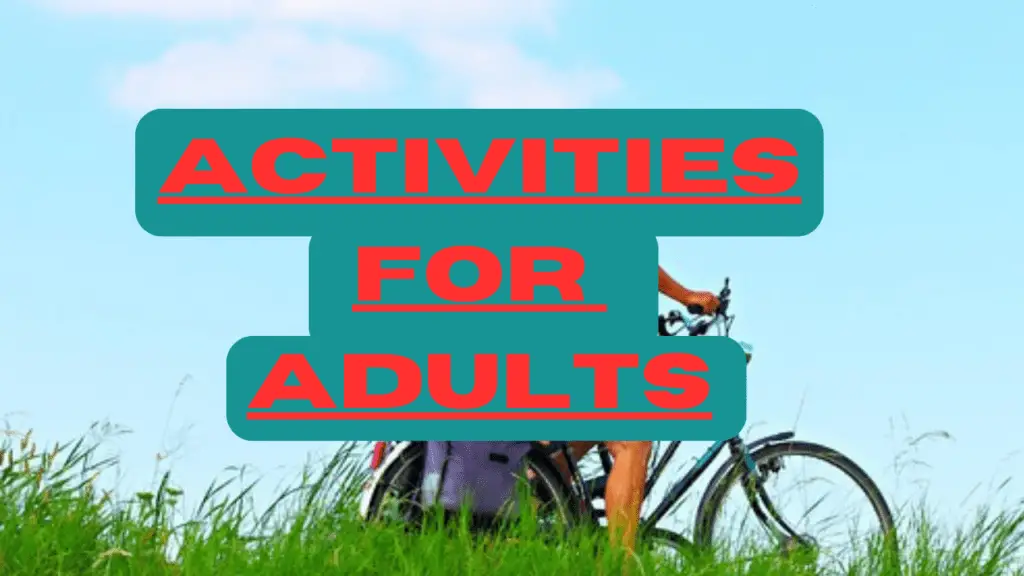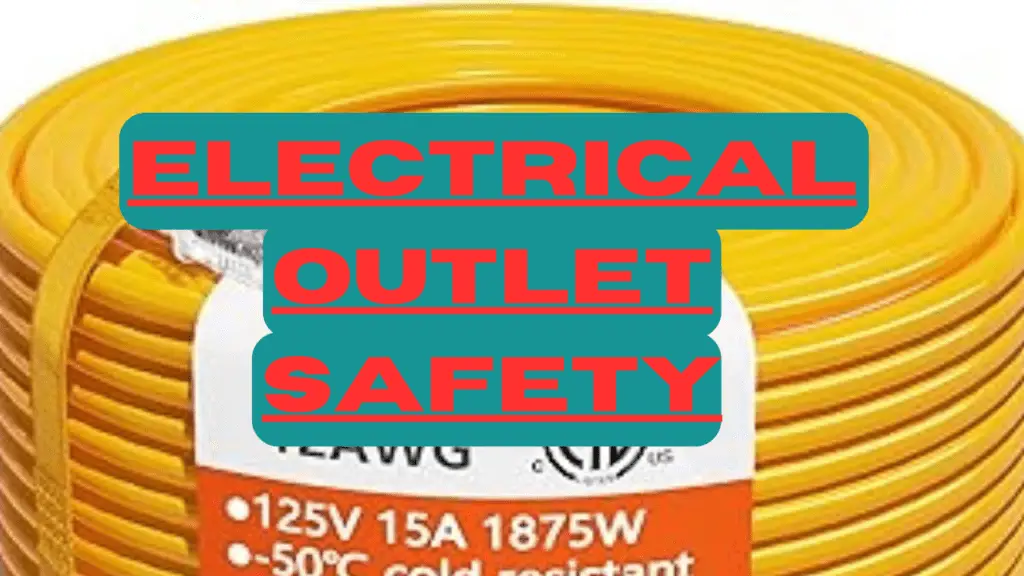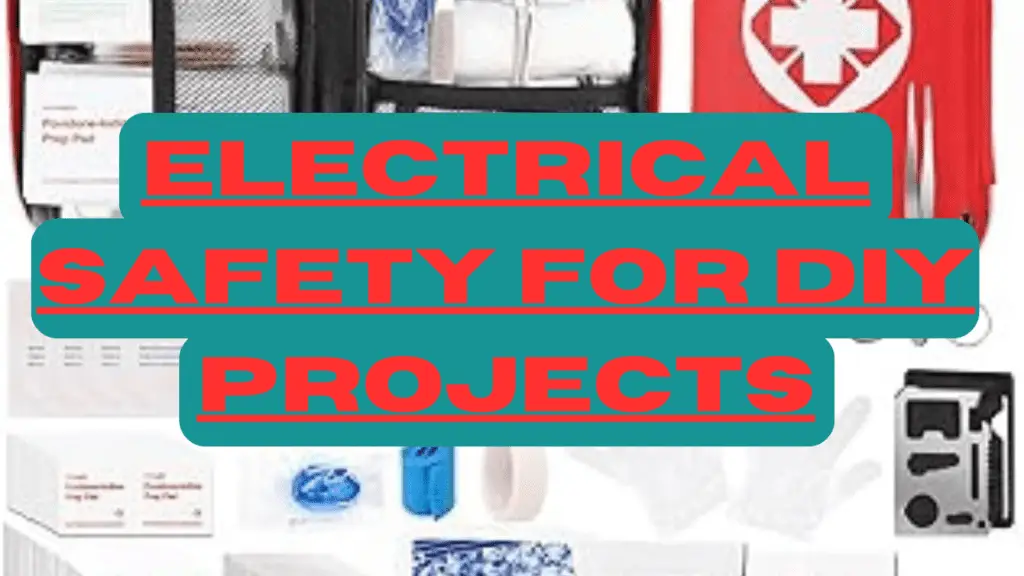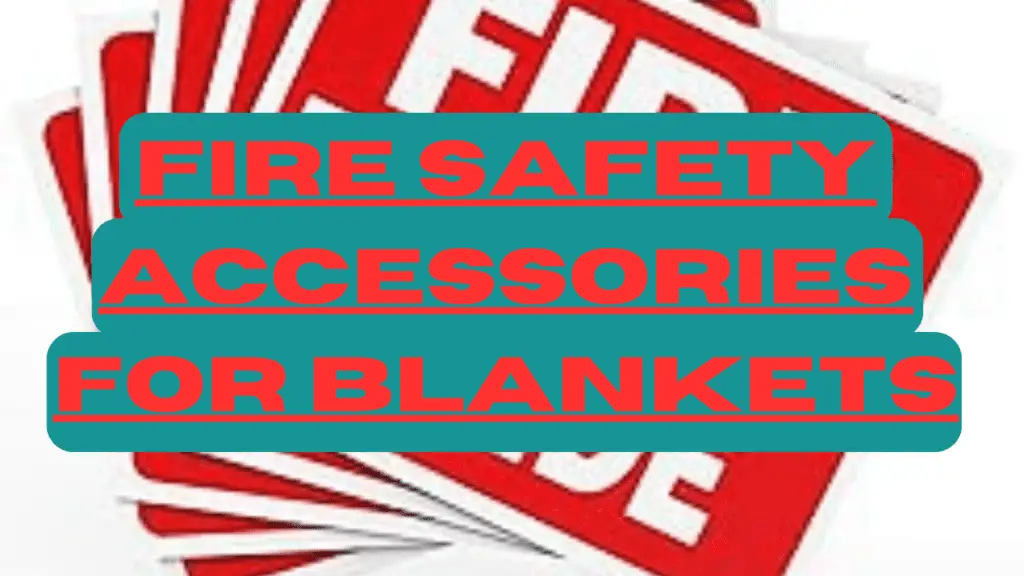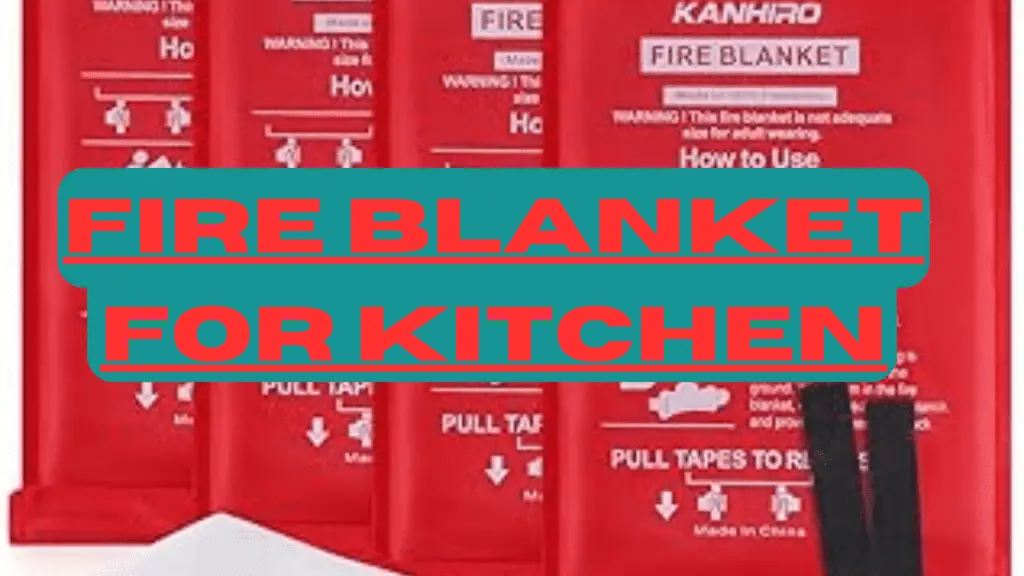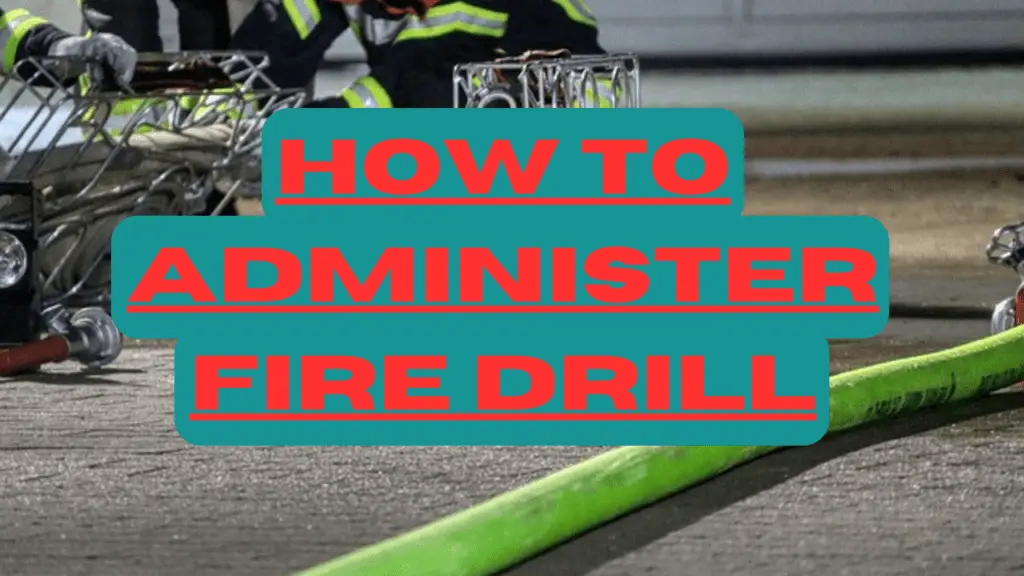Creating a Family Emergency Communication Plan: 3 Vital Steps
A family emergency communication plan is a way to prepare for the unexpected. It helps you and your loved ones stay in touch and reunite if a crisis separates you.
Whether it is a flood, a fire, or a lockdown, you never know when normal communication channels might fail or become overloaded. That is why you need a plan that covers different ways to contact each other, alternative meeting places, and essential information to have on hand.
This article will guide you through the three steps to create your family emergency communication plan: collect, share, and practice.
What is a Family Emergency Communication Plan
A Family Emergency Communication Plan is a way to prepare for disasters and emergencies that may affect your family.
The family emergency communication plan helps you to:
- Collect the contact information of your family members and other important people or offices, such as doctors, schools, or service providers.
- Share this information with everyone in your household and ensure they have a copy in their wallet, backpack, or phone.
- Practice how to reach each other and where to meet up in different situations, such as if you are separated, if you cannot go home, or if communication networks are down.

How to Create a Family Emergency Communication Plan
Step 1: Collecting information
The first step to creating a family emergency communication plan is to collect the contact information for your family and other important people or offices. You will need this information to contact them in an emergency and inform them you are safe.
Create a paper copy of the contact information and keep it secure. Use a notebook, a card, or a sheet of paper. You can also use a printable template for a family emergency communication plan that you can fill out and print.
- The full names, phone numbers, email addresses, and social media accounts of your family members
- The phone numbers and email addresses of your out-of-town contact person, who can help coordinate your family communication in case of a local emergency
- Your local emergency contacts’ phone numbers and email addresses and important offices.
Suppose you have a family member who is deaf, hard of hearing, or has a speech disability and uses relay services. In that case, information on how to connect with them through relay services on a landline phone, mobile device, or computer.
Step 2: Sharing information
The second step to creating a family emergency communication plan is to share it with your family and other relevant people or offices. You want to ensure everyone knows how to use the plan and can access it in an emergency.
- Ensure that everyone in your family carries a copy of the plan in their backpack, purse, or wallet.
- Store a digital copy of the plan on your phone, computer, or cloud service. You can use a password-protected file or app to protect your personal information.
- Post a copy of the plan in a central location in your home, such as your refrigerator or family bulletin board.
- Give a copy of the plan to your out-of-town contact person, local emergency contacts, and important offices. Ask them to keep the plan safe and notify you if they change their contact information.
- Sign up for alerts and warnings from your school, workplace, and local government. These alerts and warnings can provide timely and accurate information on the emergency situation and your actions.
- Receive these alerts and warnings through different methods, such as text messages, emails, phone calls, or social media posts.
Step 3: Practice the plan
The last step to creating a family emergency communication plan is to practice it regularly. This will help you and your family remember the plan’s details and prepare for emergencies.
- Have a household meeting at least once every six months to review and update your plan.
- You can use this opportunity to check if any of your contact information has changed, if you need to add or remove any people or offices from your plan, or if you need to adjust your plan for any new circumstances or needs.
- Test your communication methods to make sure they work. You can call, text, email, or message your family members and out-of-town contact person to confirm they have received your messages and have a copy of your plan.
- Finally, have a family drill at least once a year to simulate an emergency situation and test your communication plan. Choose a scenario relevant to your location and risk level, such as a storm, a fire, or a lockdown.
To make the drill fun and engaging for children, you can involve them in the planning and execution of the drill. You can ask them to help you choose a scenario, to create a checklist of actions, or to role-play different situations.

The 7 Steps In The Emergency Action Plan
Step 1: Consider the situations that could cause an emergency
Identify the potential hazards and risks that could affect your operations, such as fire, flood, earthquake, chemical spill, or violence.
Assess the impact and likelihood of each scenario and prioritize the most critical ones. You can use a risk matrix or a hazard analysis to help you with this step.
Step 2: Determine the correct actions to take in each situation.
Define the appropriate response strategies for each emergency scenario, such as evacuation, shelter-in-place, lockdown, or fire fighting.
Establish the criteria and triggers for activating and terminating each strategy. Use a decision tree or a flowchart to help you with this step.
Step 3: Create rally points where workers can gather after evacuating.
Designate safe and accessible locations where employees can assemble and wait for further instructions after leaving the workplace.
Identify alternate rally points in case the primary ones are unavailable or unsafe. You should mark the rally points on a map and post them in visible places.
Step 4: Assign roles to workers for emergency response.
Assign specific tasks and duties to employees performing essential functions during an emergency, such as evacuation coordinators, floor wardens, first aiders, or fire extinguishers.
Define the authority and accountability of each role and provide them with the necessary resources and equipment. Communicate the roles and responsibilities to all employees and update them regularly.
Step 5: Establish an alarm system to alert workers of an emergency.
Install an effective alarm system to notify employees of an emergency and the required actions. The alarm system should be audible, visible, and clear, covering all workplace areas.
Test the alarm system periodically and train employees to recognize and respond to it.
Step 6: Communicate with internal and external stakeholders.
Establish and maintain communication channels and protocols with your employees, management, customers, suppliers, and emergency services during an emergency.
Inform them of your EAP and the expectations and procedures for each stakeholder. Designate a spokesperson who can provide accurate and timely information to the media and the public.
Step 7: Train workers on and review the emergency action plan regularly.
Provide regular training and drills to all employees on the EAP and their roles and responsibilities. Evaluate the effectiveness and efficiency of the EAP and the emergency response after each incident or exercise.
Review and update the EAP at least annually or whenever there are changes in the workplace, the hazards, or the regulations.

Conclusion
A family emergency communication plan is vital to help you and your loved ones stay safe and connected during a disaster.
By collecting and sharing contact information, practicing your plan, and reviewing your community’s emergency plans, you can be prepared for different types of emergencies, such as floods, earthquakes, wildfires, or pandemics.
Don’t wait until it’s too late. Create your family emergency communication plan today and share it with your family and friends. For more information and guidance, visit Ready.gov or contact your local emergency management agency.
Also Read:

